12 Aug Planning for Fall
The cooler weather at the farm this week has us thinking of fall. Though it may still be early August, as farmers we must always be looking a few months ahead- sowing, transplanting and even harvesting crops now, to be eaten later in the season. Direct sown crops like turnips, carrots, beets, arugula and radishes must all go in the ground. Crops that we started a month or so ago in the greenhouse are also being transplanted- celery, parsley, spinach, bok choy, tatsoi and fall lettuces.
The winter squash crop looks exceptional this year. The butternuts, delicata and cheese pumpkins are all starting to color up and finish ripening. The first winter squash to be harvested, red kabocha, or “sunshine” squash, was picked this week.
You may notice when you come to the farm that the propagation greenhouse has been covered with a shade cloth and converted to a drying area. In there you will see onions drying and the winter squash curing, while the remainder of our seedlings have been bumped to a smaller greenhouse.
We aren’t by any means through with summer just yet. Even as we plan for fall, most of our mornings are still spent harvesting summer crops. Like summer squash and tomatoes, crops like okra have to be harvested almost every other day. Okra has a beautiful flower, similar to hibiscus, but the plant itself is very prickly, and rash inducing. Only the brave dare harvest without gloves!
Despite the realization that sweet corn takes up a lot of space, requires a disproportionate amount of fertility and nutrients, and in general is just really difficult to manage organically, well, like everyone else we love to eat it, so we keep trying. Our first corn rotation blew over in the big wind and hail storm, causing terrible pollination. The second rotation had quite a bit of worm damage, but the worst was the birds- they know just when the corn is sweet and almost ready for picking and they swoop in, strip the tips down and devour the top two-thirds of the cob, rendering them pretty much inedible. Okay, so let’s hope the third times the charm. We didn’t think our neighbors would appreciate a big cannon blasting noise every few minutes to scare the birds off, and we definitely weren’t into having teenagers out there with their BB guns, so we opted for a gigantic bird net. Call us crazy, but we had to try. So now eight out of ten of the 200 foot beds in the third and final rotation of sweet corn are covered in what looks like a gigantic hair net. Yes, red-winged black birds, we left two beds for you! Please, please, please leave the rest for us!!
Photos and text by Tricia Borneman, Blooming Glen farmer and co-owner.





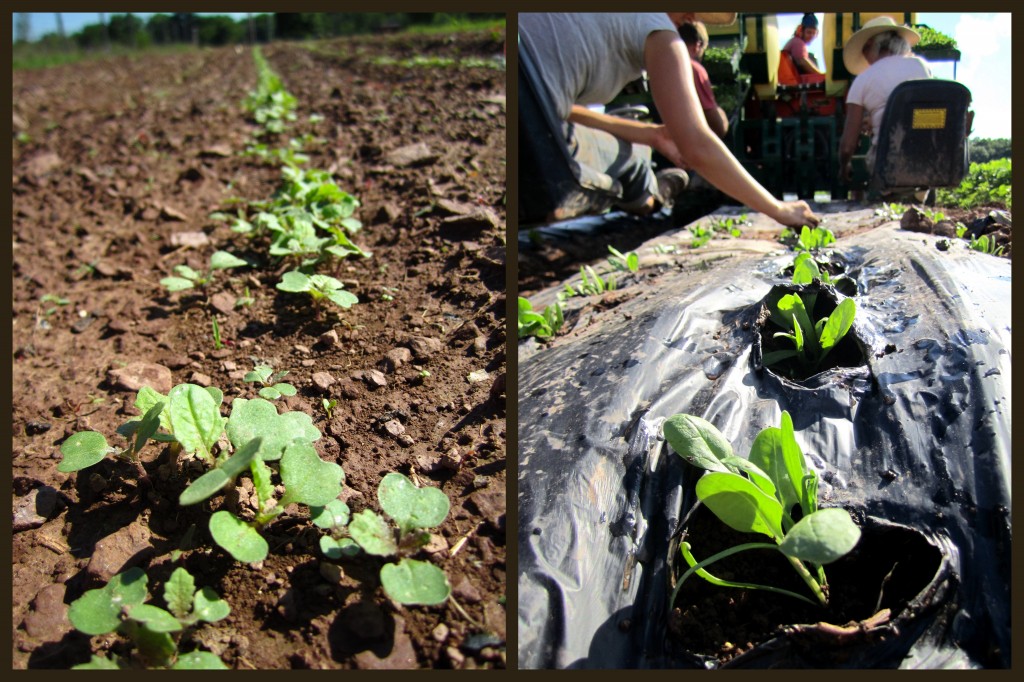
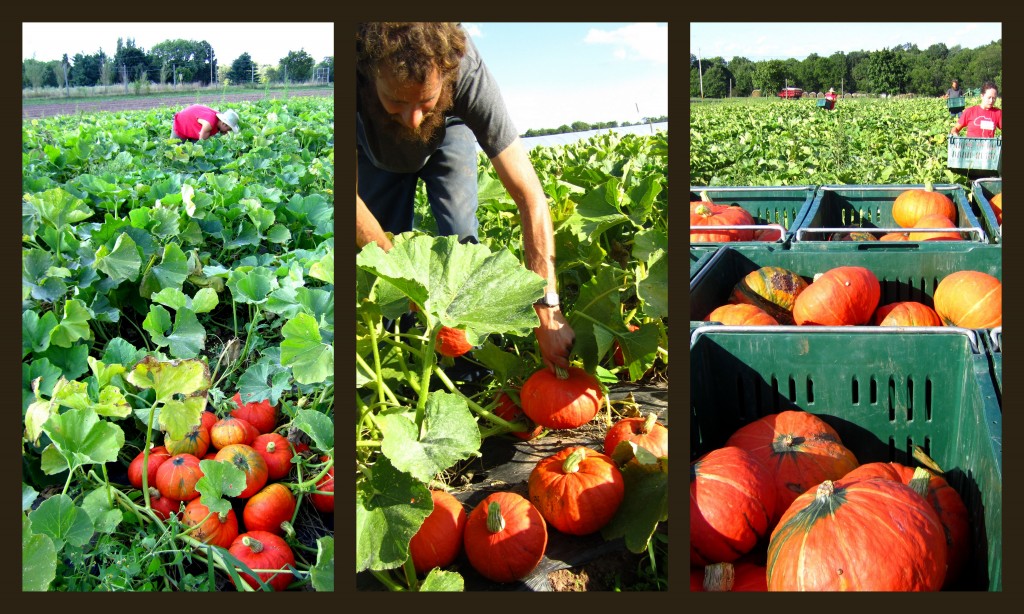
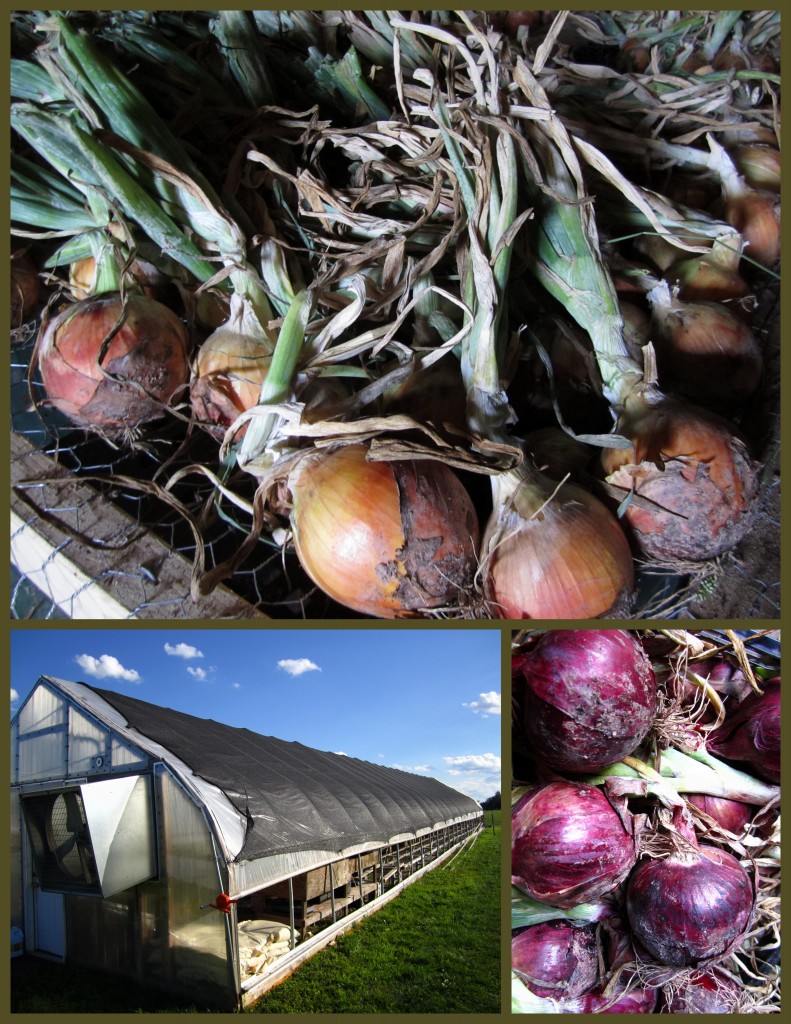
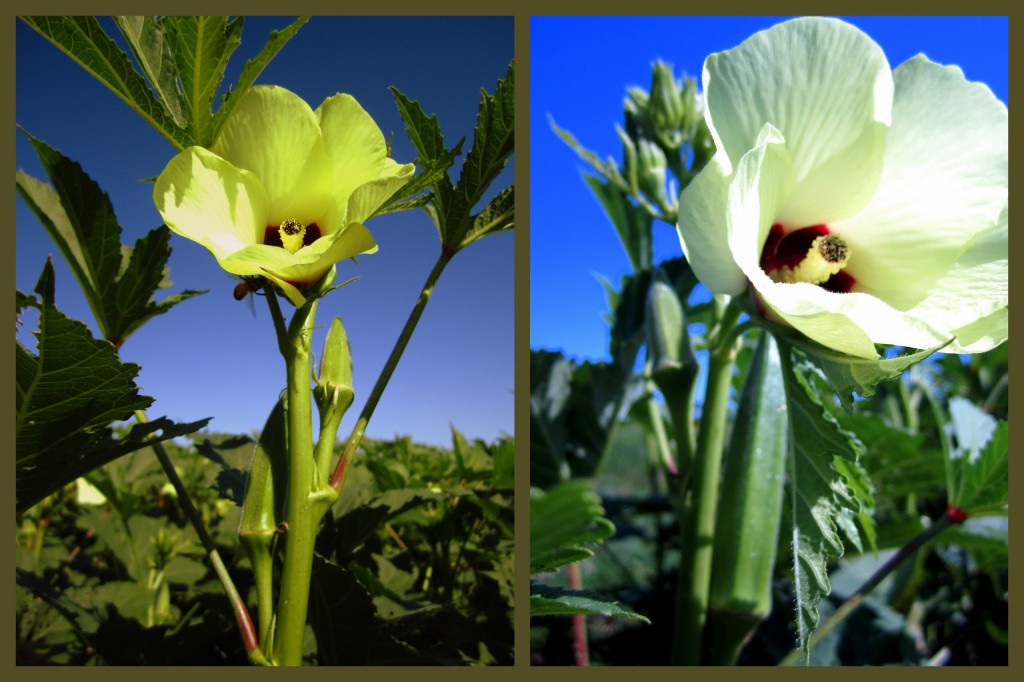
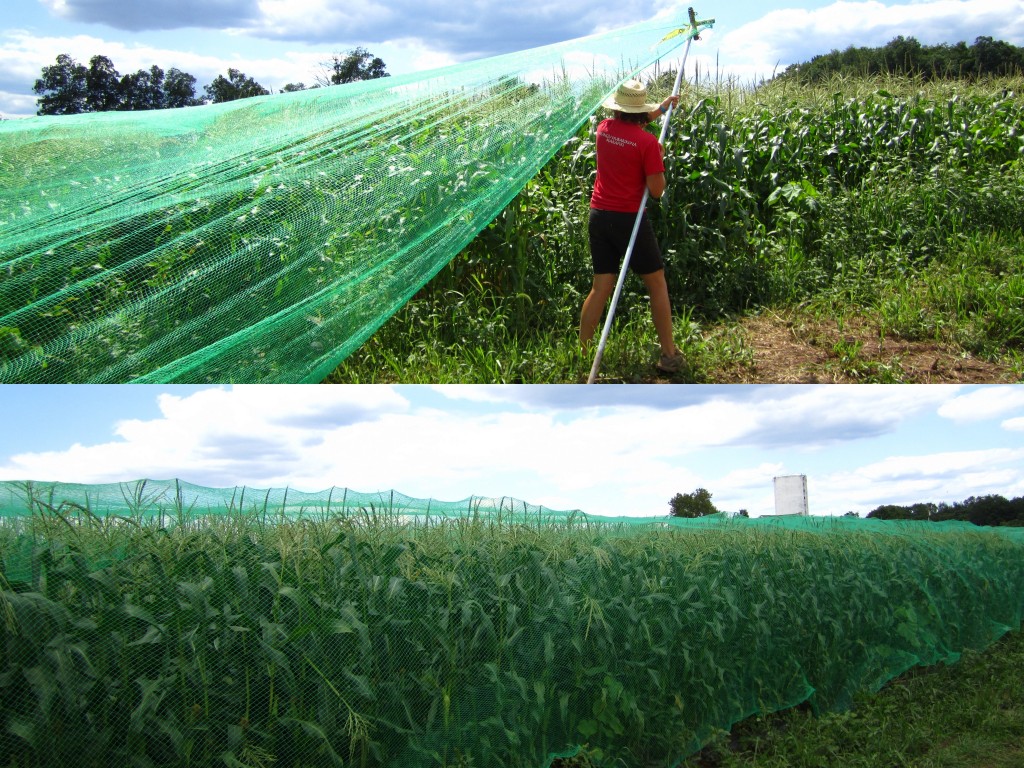
Sorry, the comment form is closed at this time.